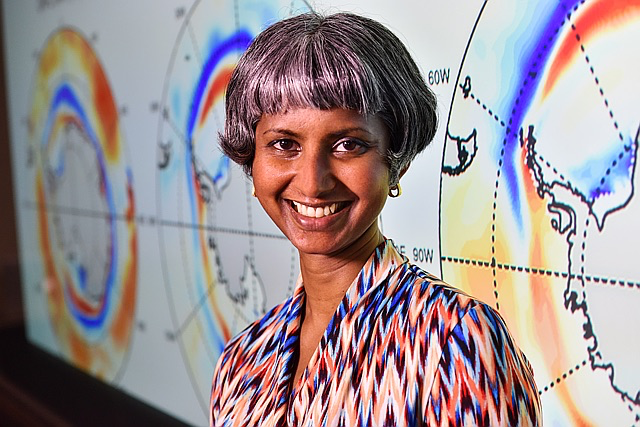Three Year Post-Doctoral Position in Extreme Moisture Transport to the Arctic
Published:
We are looking for a postdoctoral researcher to join our group, as part of a larger collaborative effort between University of Victoria, University of California at Santa Cruz, University of Washington, and the US Department of Energy’s Pacific Northwest National Laboratory. Please apply by November 15, 2022 for full consideration for this position.
Postdoctoral Position in Extreme Moisture Transport to the Arctic at the University of Victoria (Victoria, BC, Canada)
We invite applications for two postdoctoral scholars in Arctic Amplification. This work is part of a collaborative project funded by the DOE on the role of warm moist air intrusions as a hypothesized driver of Arctic amplification. The postdoctoral scholars will conduct novel numerical water tracer and/or radiative-locking experiments in the Energy Exascale Earth System Model (E3SM) to investigate the provenance of moisture intrusions and how they promote water vapor and cloud feedbacks over the Arctic, hastening sea ice retreat.
The selected candidates will ideally have training in atmospheric sciences; knowledge of extratropical dynamics and/or polar climate; and demonstrated experience modeling and coding, as well as working with large, complex datasets. Applicants with expertise in running and configuring global climate models, such as CESM, E3SM, or another state-of-the-art Earth system model are strongly encouraged to apply.
The postdoctoral scholars will join a vigorous research team coordinated by Professor Nicole Feldl of the University of California, Santa Cruz and Professor Hansi Singh of the School of Earth and Ocean Sciences at the University of Victoria, Canada, with additional collaborators from the Pacific Northwest National Laboratory and the University of Washington.
 Figure: Visualization of daily moisture transport into the Arctic over October, November, and December. The left panel shows the daily temperature anomaly (relative to the monthly climatology), the middle panel shows the column-integrated water vapor, and the right panel shows the source of that vapor on a 10 by 10 degree grid, over the entire northern hemisphere. From a pre-industrial control experiment performed in CESM1 by PhD student Kyle Heyblom.
Figure: Visualization of daily moisture transport into the Arctic over October, November, and December. The left panel shows the daily temperature anomaly (relative to the monthly climatology), the middle panel shows the column-integrated water vapor, and the right panel shows the source of that vapor on a 10 by 10 degree grid, over the entire northern hemisphere. From a pre-industrial control experiment performed in CESM1 by PhD student Kyle Heyblom.
Basic Qualifications
Ph.D. (or equivalent foreign degree) in atmospheric, ocean, or Earth sciences; physics; mathematics; or a related discipline.
Application Requirements
- Curriculum Vitae - Your most recently updated C.V., which must include a list of publications.
- Cover Letter - Letter of application that summarizes your research experience, qualifications, and interest in the position.
- 3-4 references (contact information only)
Apply to work at UC Santa Cruz: https://recruit.ucsc.edu/JPF01403
Apply to work at University of Victoria: Email the application materials as a single pdf to hansingh(at)uvic(dot)ca
Recruitment Period
The next review date is Nov 15, 2022. Applications will continue to be accepted until the positions are filled.
